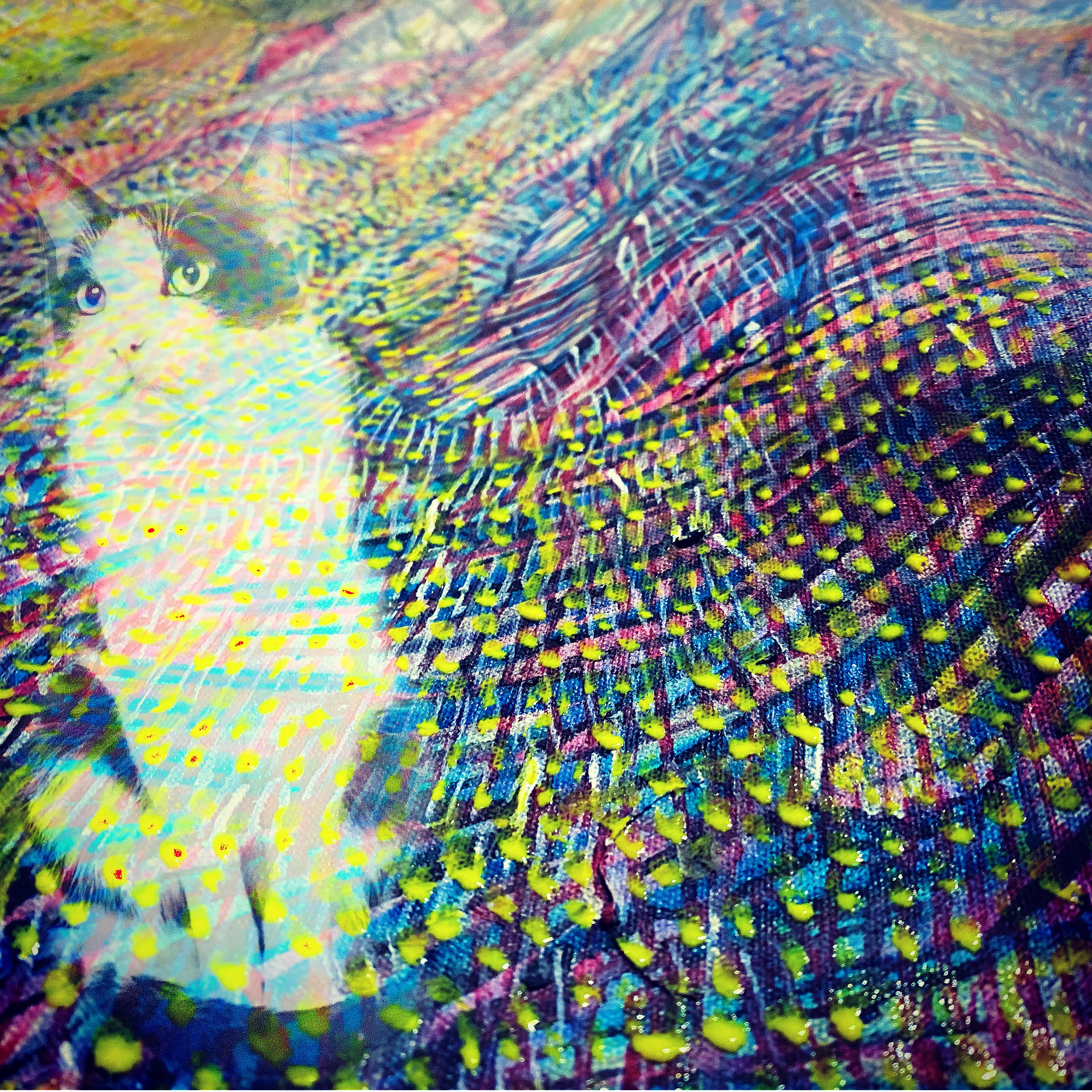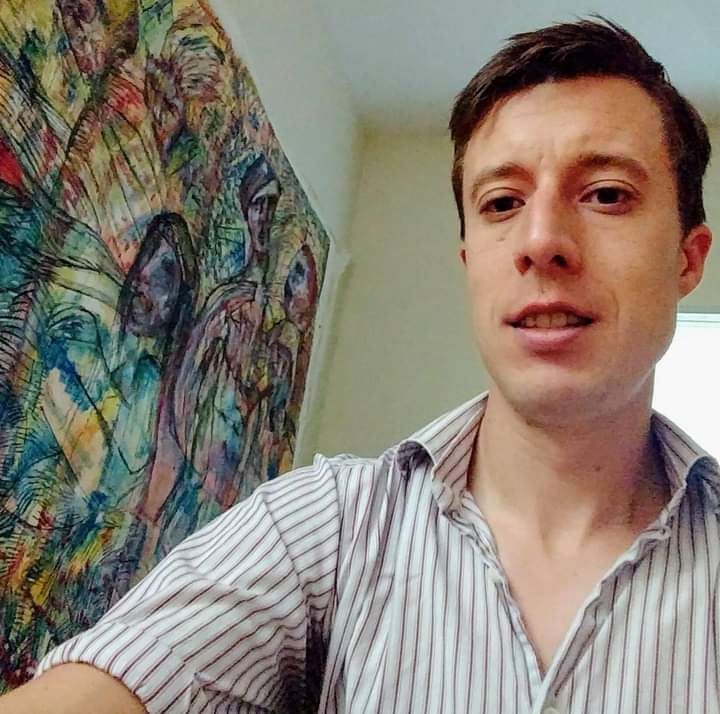








Daniel Kliewer
AI Developer|
AI Developer • Visual Artist • Tech InnovatorExploring the intersection of artificial intelligence, creative coding, and digital art. Building systems that blend technology with artistic expression, creating immersive experiences that challenge our perceptions of what code can become.
Visual Expressions
Art that challenges boundaries. Code that creates beauty. Technology as a canvas for human creativity.






